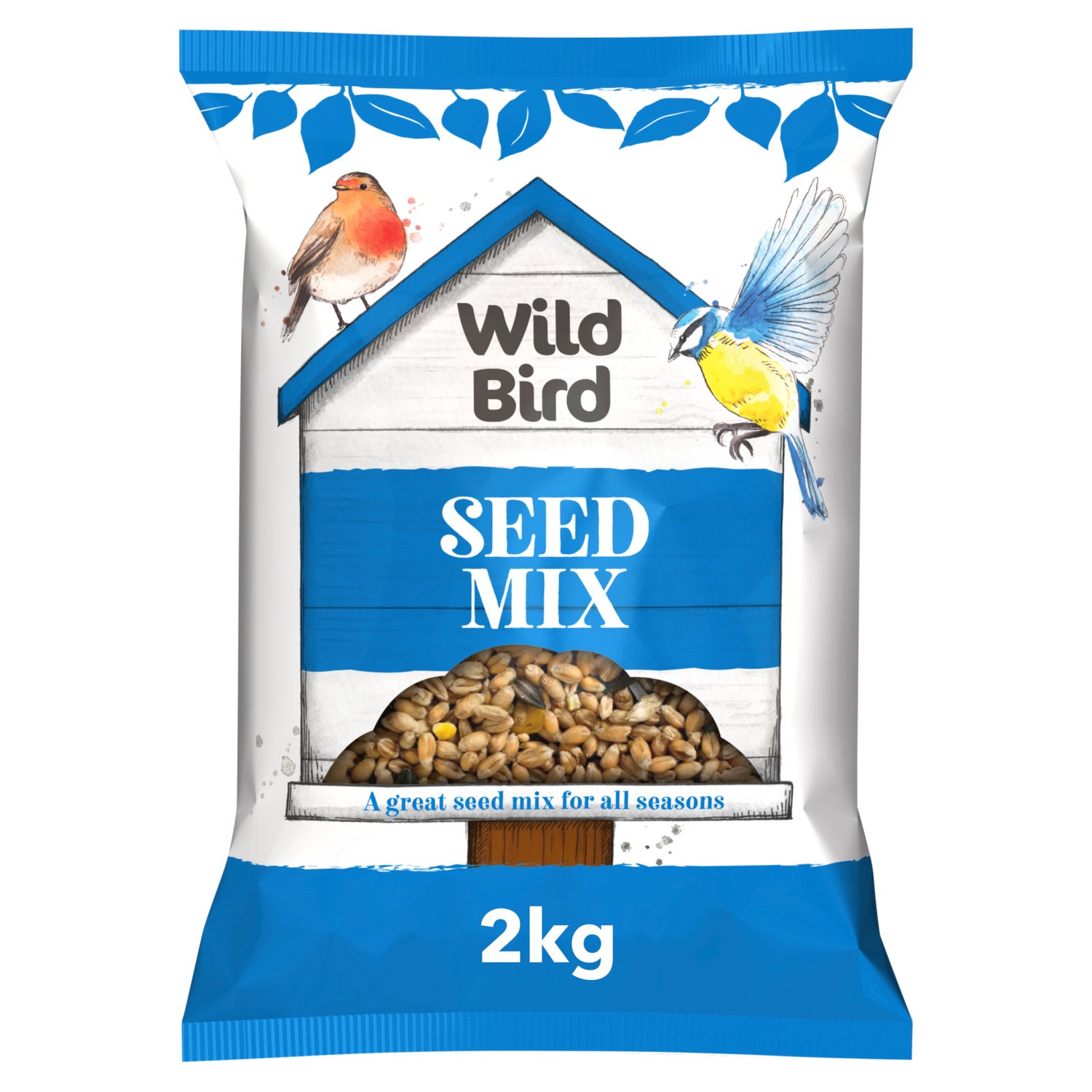Wild Bird Seed Mix (2 kg), €5.00
Tweet, tweet!
"These birds love Wild Bird Seed Mix, can you spot them in your garden?"
Blue Tit, Greenfinch, Blackbird, Song Thrush, Sparrow, Robin
A rich blend including wheat, maize and sunflower that will attract a wide range of birds to your garden.
